High Blood Pressure and Bloodshot Eyes
Meany people wander if their red eyes have anything to do with the high blood pressure. The term blood pressure is explained as the force of the blood that is pushing against the walls of the arteries. The normal blood pressure for a healthy person is diastolic pressure between 60 and 80 and systolic pressure between 90 and 120. However, there are people who don`t have a normal blood pressure and the condition of high blood pressure is called hypertension. People who suffer from it have diastolic pressure at 90 or higher and systolic pressure at 140 or higher.

Causes of Bloodshot Eyes
There are a lot of causes of the bloodshot eyes and they are also called red eyes. People may experience the bloodshot eyes due to the injury, illness, disease or some systematic condition. It is essential that you take precautionary measures as soon you figure out that your blood shot eyes are related to your high blood pressure, as it can make you become blind. You should visit a doctor as soon as you realize that you have bloodshot eyes.
Bloodshot eyes are usually caused by the episclera, sclera or hyperemia of the superficial blood vessels of the conjunctiva. Various disorders and diseases can affect bloodshot eyes. There are some people who can also experience bloodshot eyes due to stress, dry eye syndrome, injury, glaucoma, blepharitis or conjunctivitis.
Nevertheless, one cause responsible for the high blood pressure and bloodshot eyes is called subconjunctival hemorrhage, which is a condition of bleeding below the conjunctiva layer. Blood vessels in the conjunctiva are very fragile, and if they get ruptured, the blood leaks out between the sclera and the conjunctiva.
In the case of a foreign body event or other injury the patient should see an ophthalmologist immediately; the same applies if the cardinal symptom is pain, vision loss, rock-hard eyeball, or corneal involvement. An Australian study found that 64% of patients with red eye treated by primary care physicians were diagnosed incorrectly. In 10% of these cases there were serious clinical consequences. Another study from the same country concluded that literature for non-ophthalmologists is in short supply.
- Sudden subconjunctival hemorrhage occurs particularly often in patients receiving oral anticoagulants and in those with poorly regulated or untreated arterial hypertension. The patients often report Valsalva maneuvers shortly beforehand (going to the toilet, gardening, etc.).
- In every “simple” subconjunctival hemorrhage, the patient’s blood pressure should be measured in the office to rule out an acute blood pressure crisis. The patient should be referred to an internist, because a large population-based study reported an elevated risk (hazard ratio 1.33) of (late) cardiovascular complications following subconjunctival hemorrhage. The blood is resorbed spontaneously over a period of 2 to 4 weeks.
- On the slightest suspicion of blunt or penetrating trauma, the patient must be transferred to an eye surgery center for operative exploration.
Any kind of physical trauma can cause the subconjunctival hemorrhage. In this condition, high blood pressure can lead to the rupture of capillaries followed by leakage of blood, and then the bloodshot eyes appear. If you experience this condition you should immediately try to lower your high blood pressure with certain hypertension medications in order to prevent worsening of the situation.
How to Soothe Bloodshot Eyes
Once you have lowered your high blood pressure, the redness in your eyes should disappear. In case the redness didn't go away, you can always use some of the good home remedies. You can start taking additional pills of vitamin B and vitamin A, as they can help you restore your vision, or you can take lutein and eat spinach, which both contain the needed ingredients for normal functioning of the eye tissue and the retina.
You can apply the wash cloth soaked in cool tea of raspberry leaves on your eyes, or take the Ginkgo biloba. As soon as you notice bloodshot eyes, you should visit a doctor since it can make some further complication with high blood pressure.





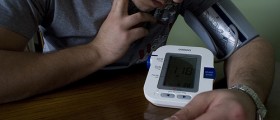

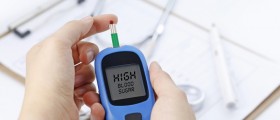

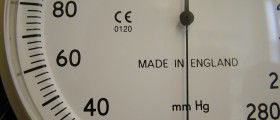
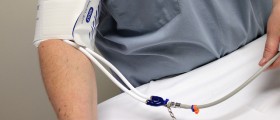



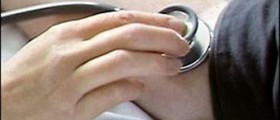

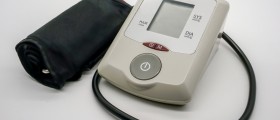
Your thoughts on this
Loading...